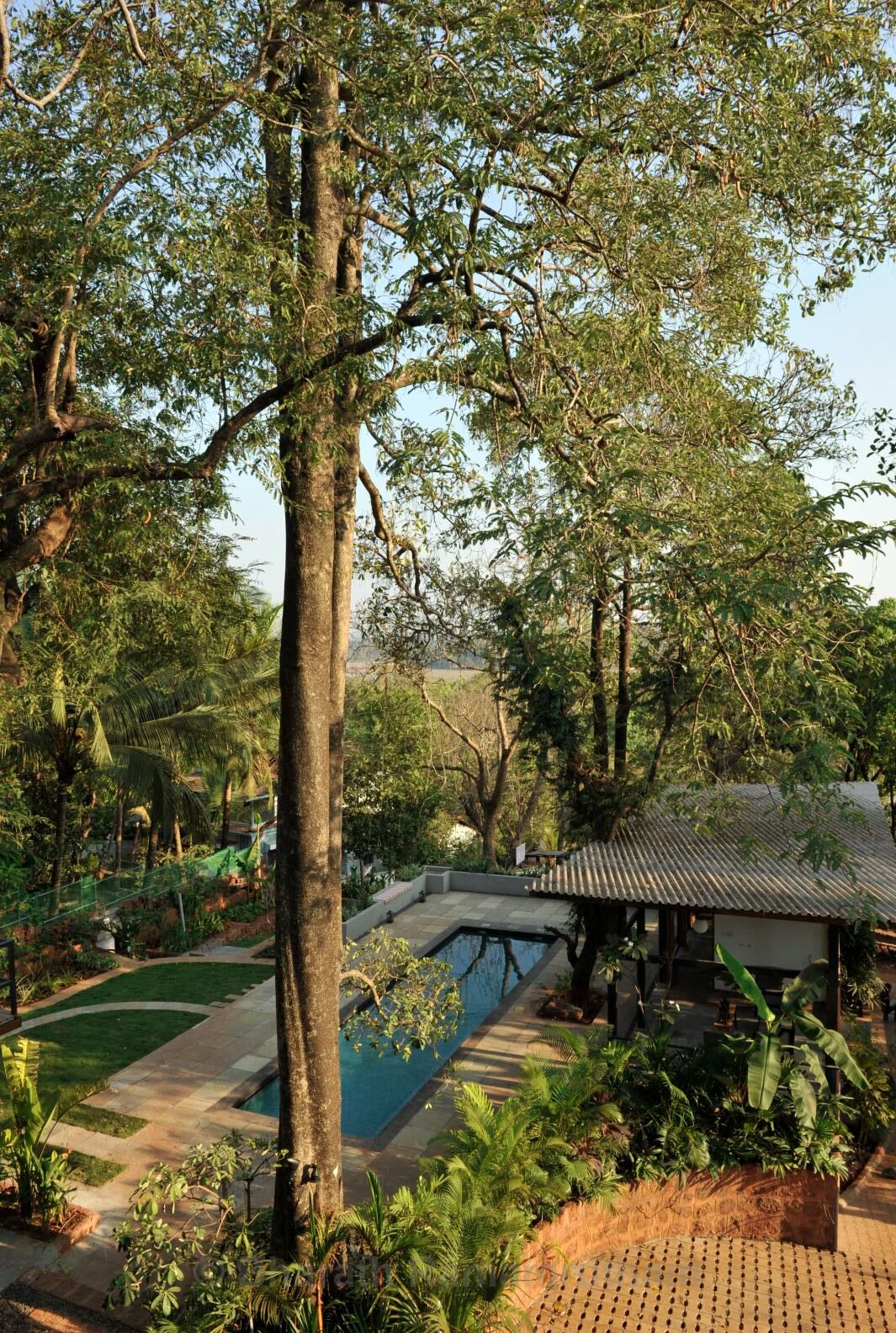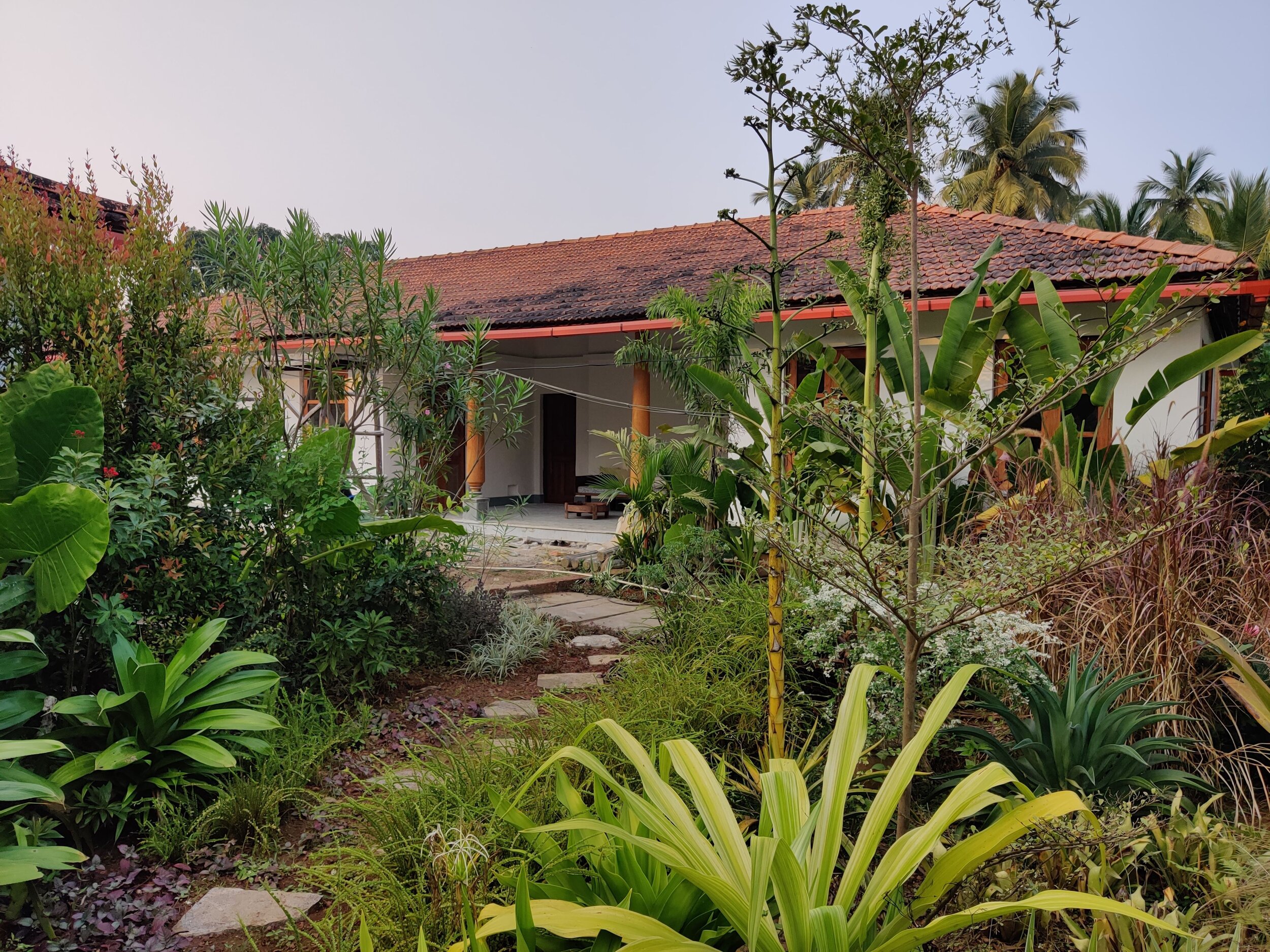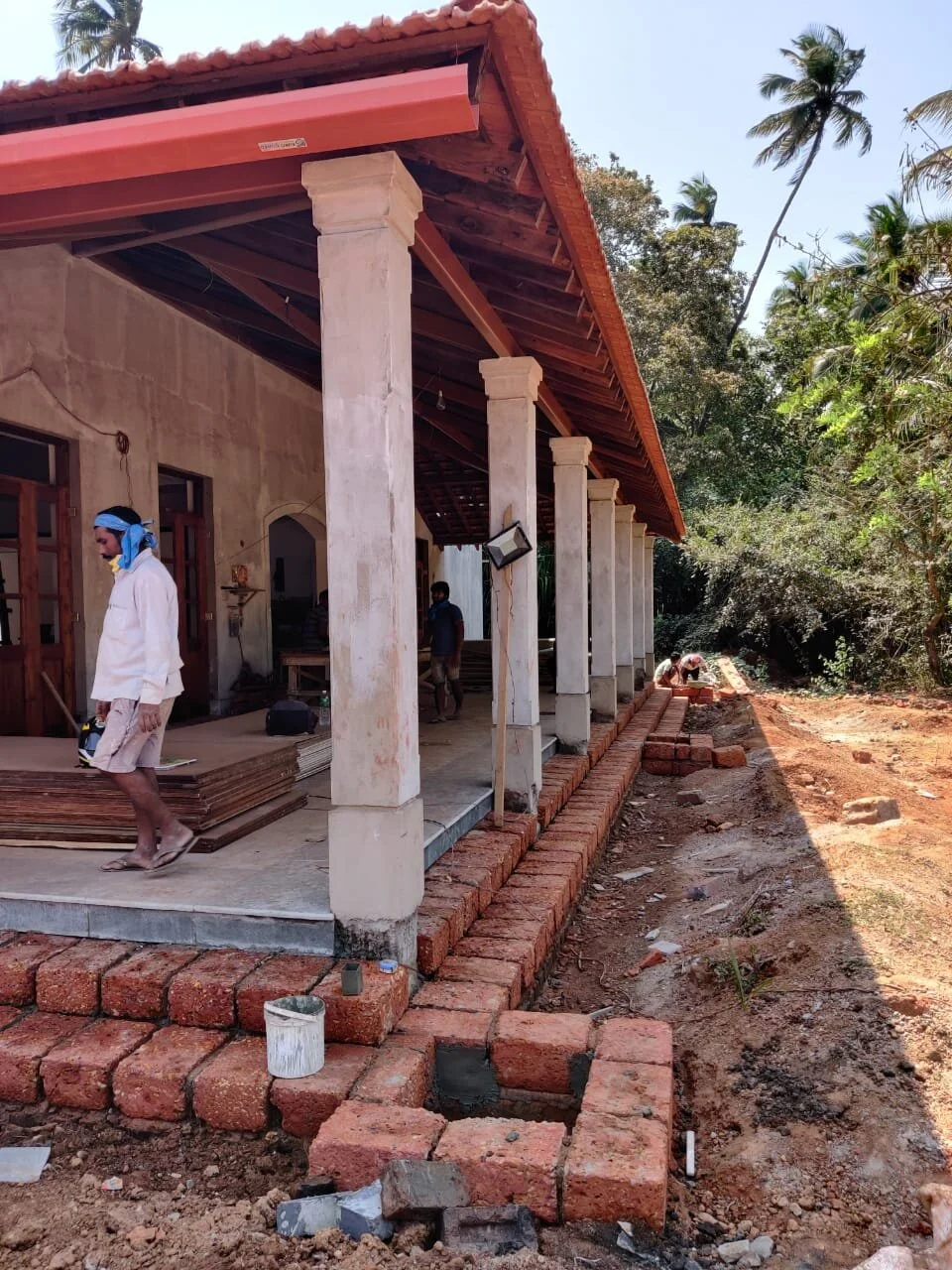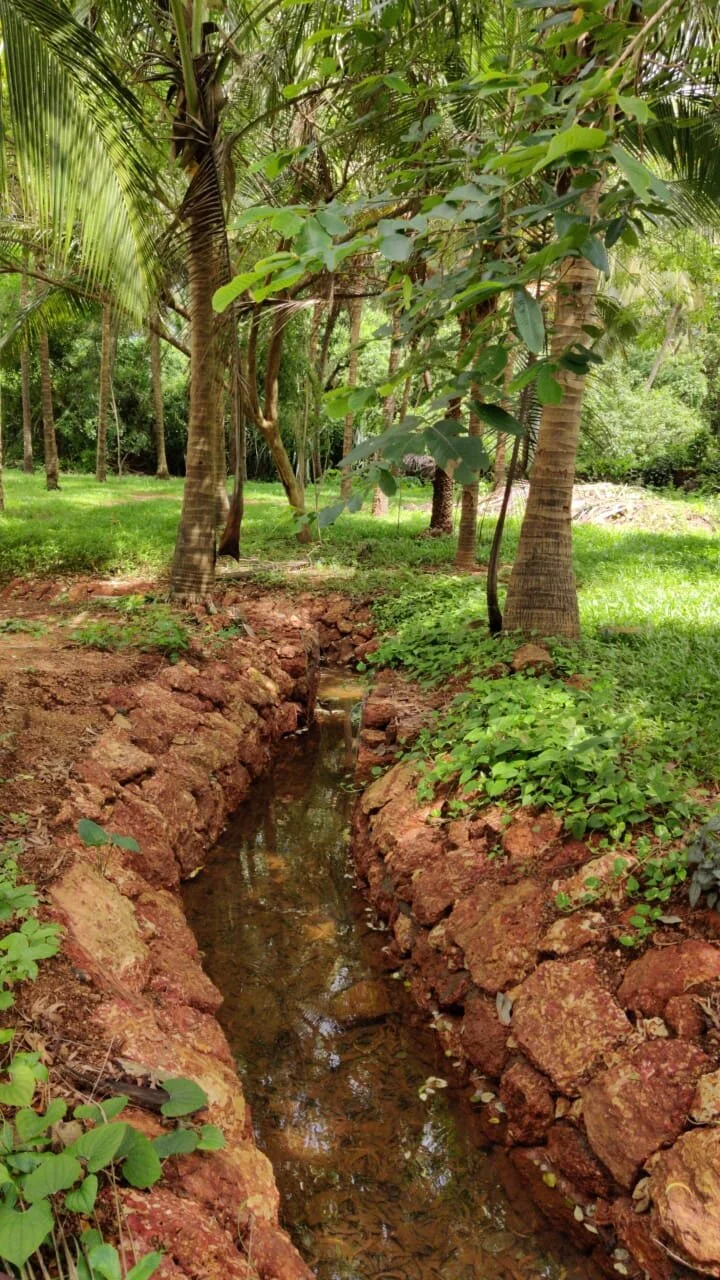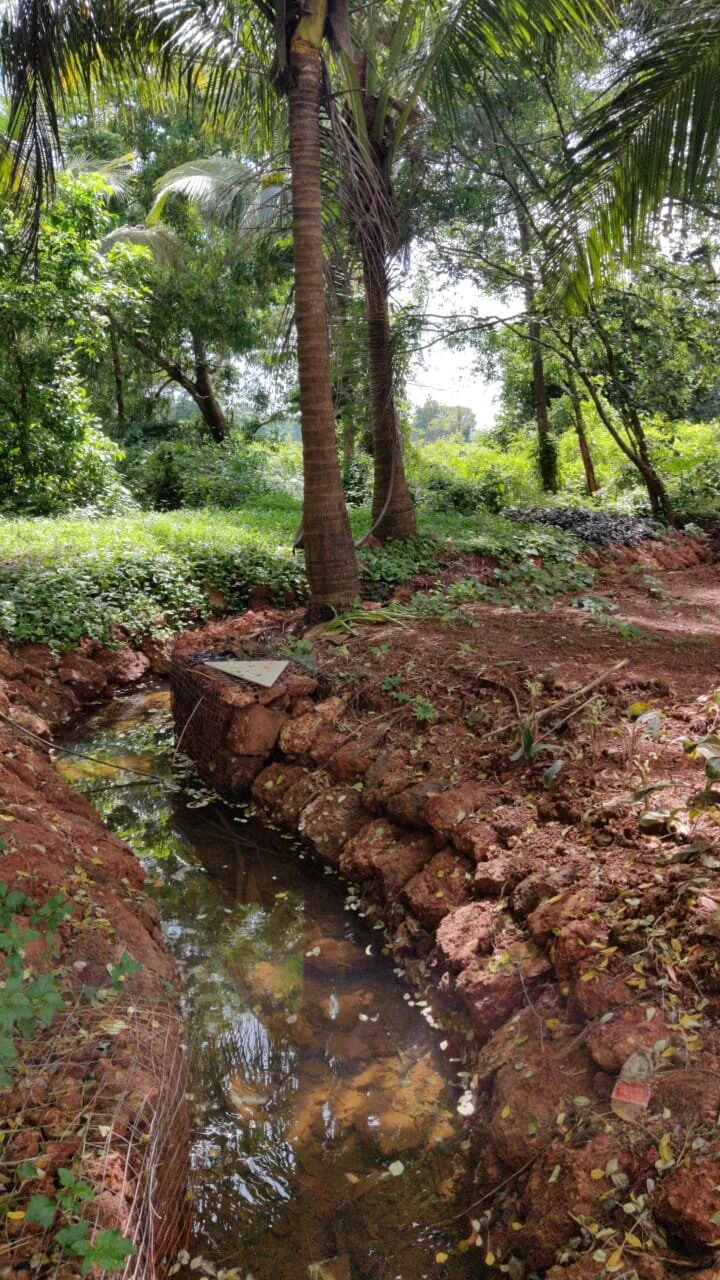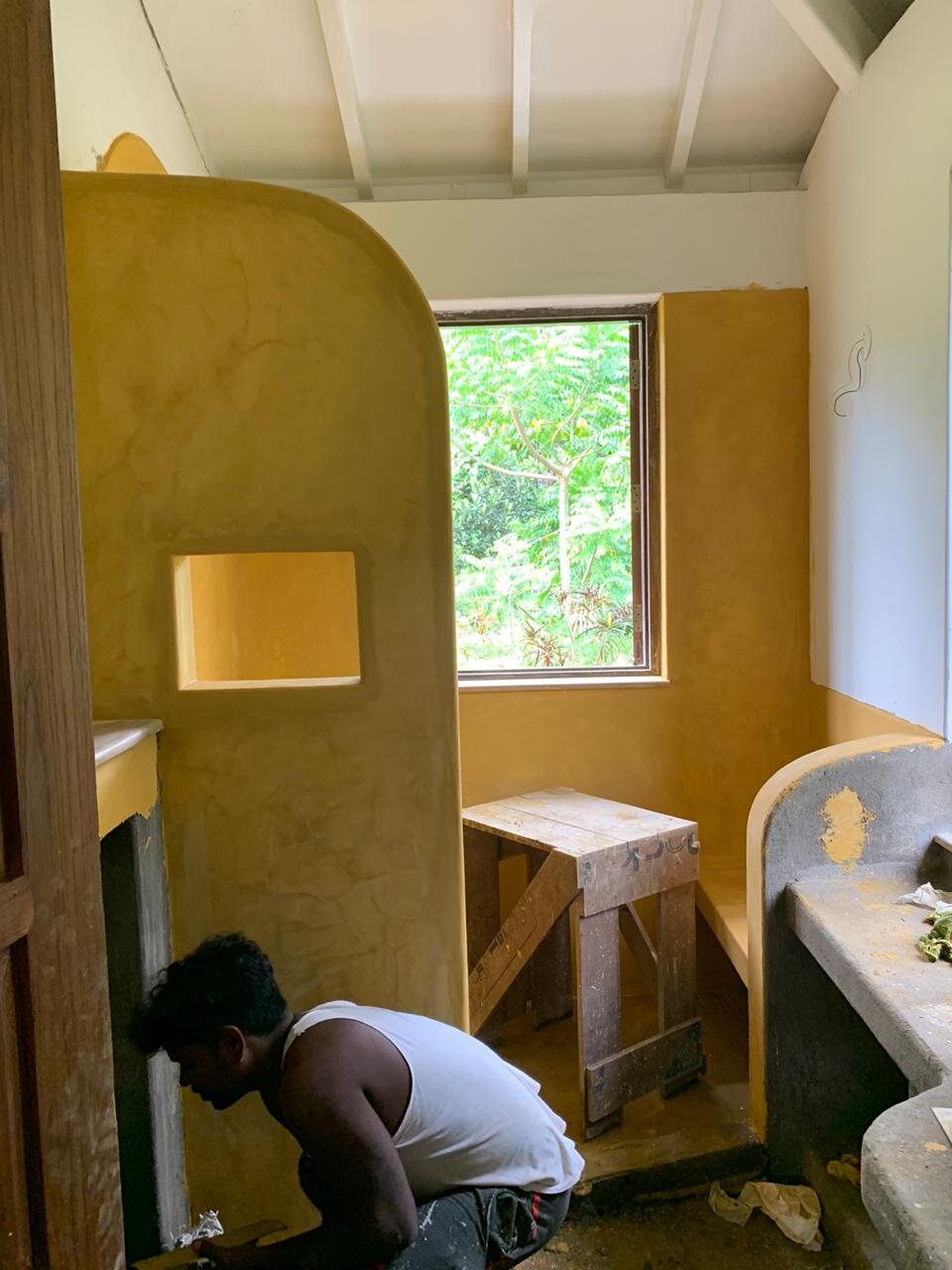Goa is known for its vibrant tourism with its stunning Goan villas, traditional wadas, and modern Goan houses lining the scenic streets. These picturesque homes are nestled among lush plantations and swaying trees in Goa. But have you ever paid attention to the intriguing details on the roofs of these old houses?
Take a closer look, and you’ll notice terracotta figures perched on the entrance gateways and atop the roofs. These old Portuguese houses in the Goa residential area date back 150 to 400 years. The tradition of placing these figures on the rooftops has been there from the beginning, though living in Goa many homeowners may not know their history or meaning. These figures are of soldiers, cockerels, rabbits, pigs, lions, and even seated human figures.
Soldados (Portuguese for soldiers) Saluting at the entrance of a house in Goa
They symbolize the identity of the homeowners, offering a glimpse into who resides beneath the roof without directly knowing them. For instance, lion motifs, mostly seen on the entrance gateways represent strength and signify a connection to the Kadamba Dynasty. The lion was the royal emblem of the Kadamba Dynasty which ruled Goa from the 10th to 14th centuries. Roosters, on the other hand, are linked to the rooster of Barcelos, a character symbolizing integrity and truth from a beloved Portuguese folktale, often seen on the roofs of Goan Catholic houses. Landlords' houses often featured animal motifs like lions, with the animal pointing in the direction of the property.
Rooftop Human, Source: Reddit
Lion on Gateways, Source: Soultravelling
Rooftop sentinel, Source: Gomantak Times
Architecturally, these figures contribute to the aesthetics of the rooftop by sitting on the meeting point of multiple roofs, adding to the visual appeal. The figurines on the gateways give a sense of richness to the visitors, like the massive fort gates. Today, these miniature ornaments are not just decorative; they are an integral part of Goa’s culture, reflecting the community’s rich past. They also connect us to the local artists of Goa who craft these terracotta artifacts, including the charming miniatures.
Curiosity often unveils hidden treasures. So, next time you wander through the streets of Goa, pause to admire these rooftop details. Who knows what stories you might uncover?



























